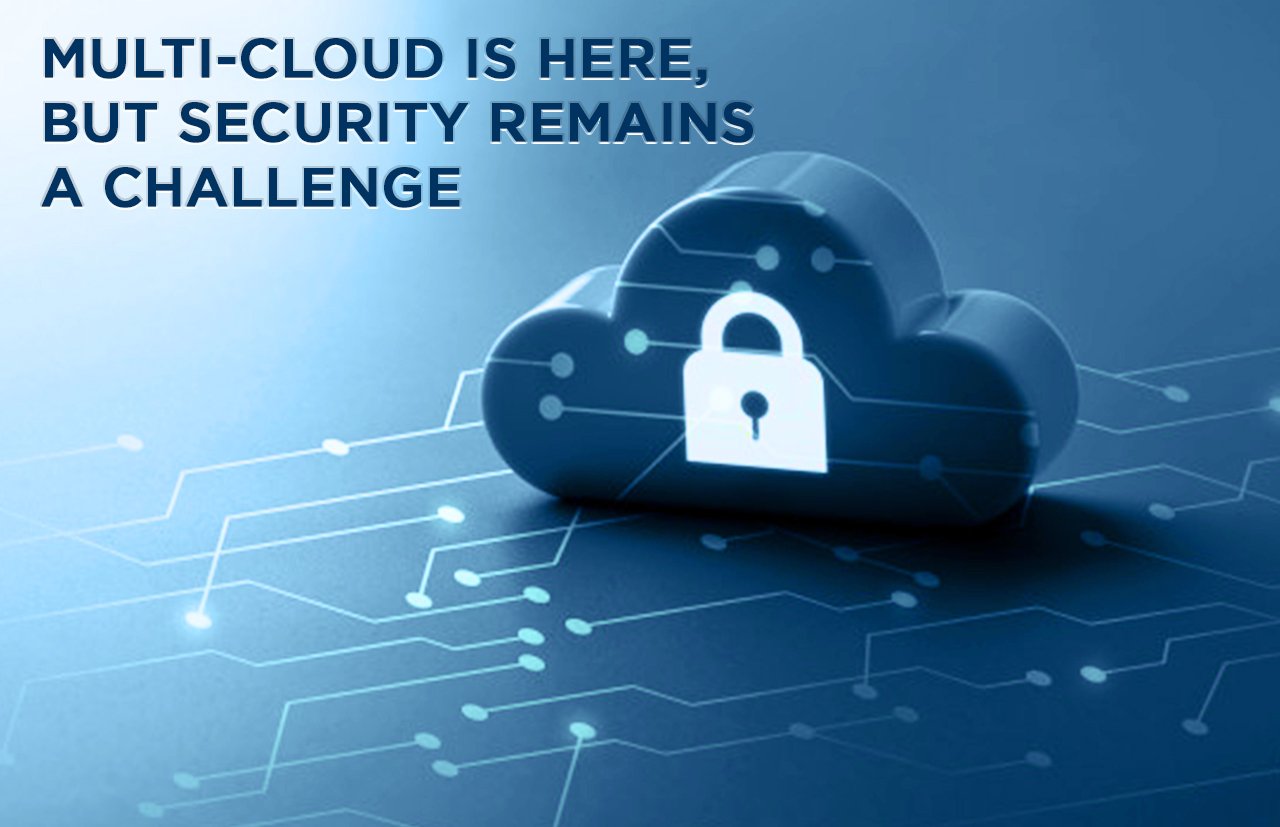The topmost challenge organisations that go into the multi-cloud face is that of security, risk, and governance.
With the changing market landscape, enterprises, both large and small, are increasingly adopting multi-cloud strategies to enhance IT operations, reduce operational cost, and monitor the applications hosted through various platforms.
Today, organisations are using cloud technology in one way or the other to have business continuity, improved collaboration, and scalability.
While enterprises are using a multi-cloud strategy to run their organisations more efficiently, increase profit margins, and serve their customers efficiently, they also find it difficult to manage their operations across different cloud environments with multiple reporting systems and operating models.
With most large enterprises migrating fully to the cloud infrastructure, the security of cloud-based solutions has garnered major attention, more so in the year 2020 with remote working taking centre stage in the aftermath of the pandemic outbreak.
The topmost challenges organisations that go into the multi-cloud face is that of security, risk, and governance. Data breach is one of the major concerns for both large and medium enterprises while lack of adequate security results in date leak, which in turn results in customer churn.
While the multi-cloud approach helps in business continuity with higher reliability and lower latency, it comes with its own security concerns which cannot be managed by traditional security defense mechanisms to mitigate the potential risks. Most organizations are pursuing a cloud-based disaster recovery (DR) strategy to achieve their business goals.
CIOs working on a multi-cloud environment that uses one or more private or dedicated clouds, must spend more time and effort on security.
While external intrusion into internal data leads to exposure of sensitive data, a malicious attack not only exposes the data but also incapacitates the cloud infrastructure.
In a multi-cloud scenario, each cloud service, from the respective vendor, introduces equally new challenges to already complex security models in terms of both integration and security. Having said that, the onus lies with the CIO or the CISO of an organisation to prepare the organisation’s IT infrastructure for the future of the cloud.
A survey report from Sophos highlights that 70% of organizations hosting data or workloads in the public cloud experienced a security incident in the last year with multi-cloud organizations reporting up to twice as many incidents’ vs single platform adopters.
At the same time, investments on multi-cloud platforms are expected to soar in the coming years with enterprises deploying unified virtual machines, Kubernetes, and multi-cloud management processes and tools for a seamless experience.
Meanwhile, technology leaders want to make the best use of the analytics and automation tools available and make budgetary provision to invest in solutions that have open APIs, with an ability to integrate workflows and analytics across traditional and modern applications and infrastructure.
While this takes care of management complexities and interoperability concerns, they must find and deploy the right security tools to secure their multi-cloud deployments.


